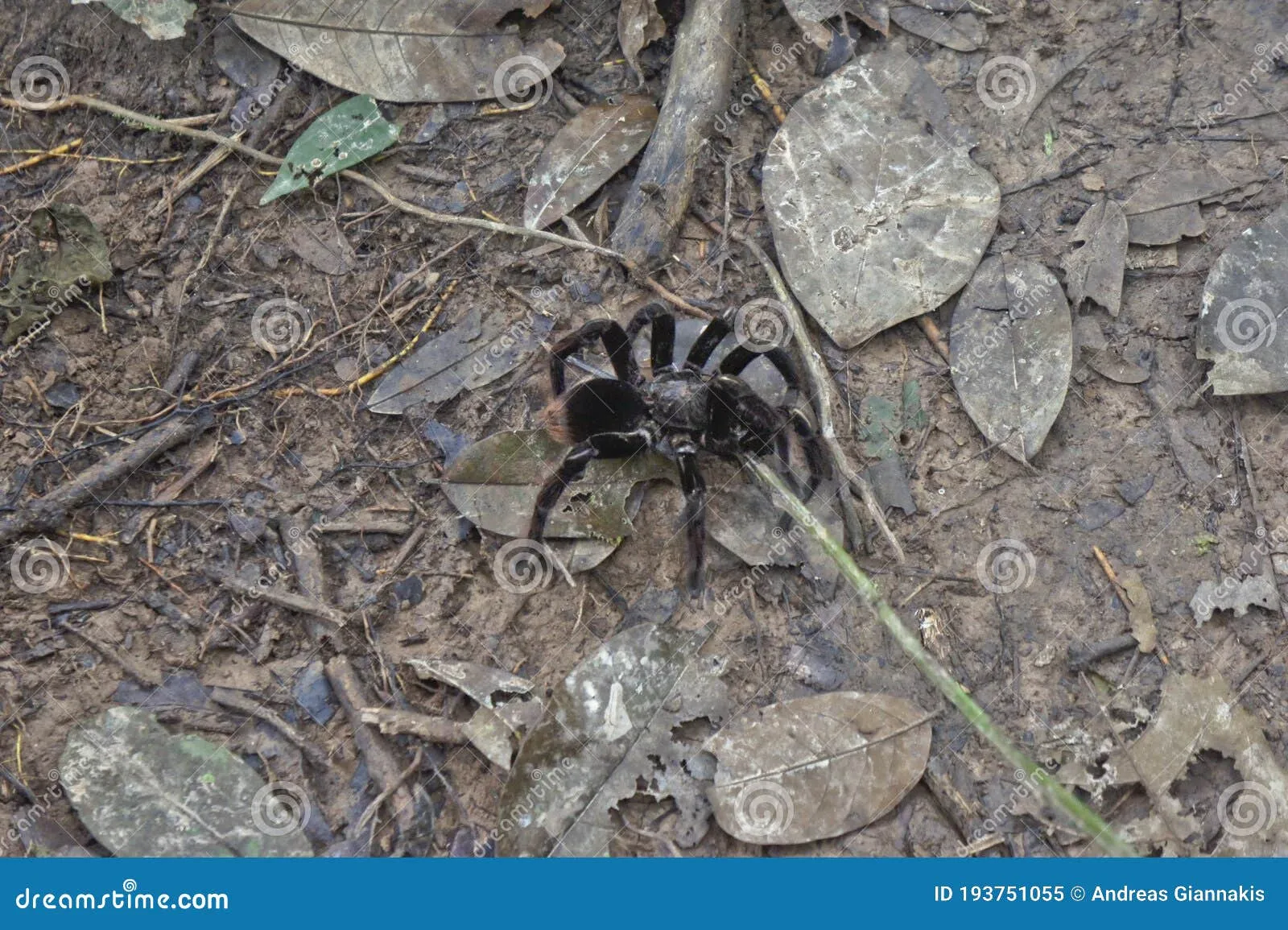What is the Amazon Peru Tarantula
The Amazon Peru Tarantula, scientifically known as Pamphobeteus antinous, is a captivating species of tarantula native to the Amazon rainforest regions of Peru. These spiders are highly sought after in the pet trade due to their striking appearance and relatively manageable care requirements. However, responsible ownership is crucial, as these creatures have specific needs that must be met to ensure their health and well-being. This comprehensive guide will walk you through everything you need to know about caring for an Amazon Peru Tarantula, from habitat setup and feeding to recognizing potential health issues and understanding their behavior.
Characteristics of Amazon Peru Tarantulas
Appearance and Size

Amazon Peru Tarantulas are known for their impressive size and vibrant coloration. Females typically grow to be larger than males, with a leg span that can reach up to 8-10 inches. Their bodies are typically covered in a dark, velvety carapace and abdomen, often with reddish or orange hairs. The legs are generally darker, with lighter bands or markings. The overall appearance is quite striking, making them a visually appealing addition to any tarantula enthusiast’s collection. They are a terrestrial species, meaning they primarily live on the ground.
Temperament and Behavior
In general, Amazon Peru Tarantulas are known to be relatively docile compared to some other tarantula species. They are not typically aggressive and tend to prefer flight over fight. However, like all tarantulas, they can become defensive if they feel threatened. They may flick urticating hairs from their abdomen as a defense mechanism, which can cause skin irritation. It’s important to handle them with care and respect their space. They are also nocturnal hunters, meaning they are most active during the night and typically rest during the day.
Amazon Peru Tarantula Habitat and Enclosure
Enclosure Size and Setup
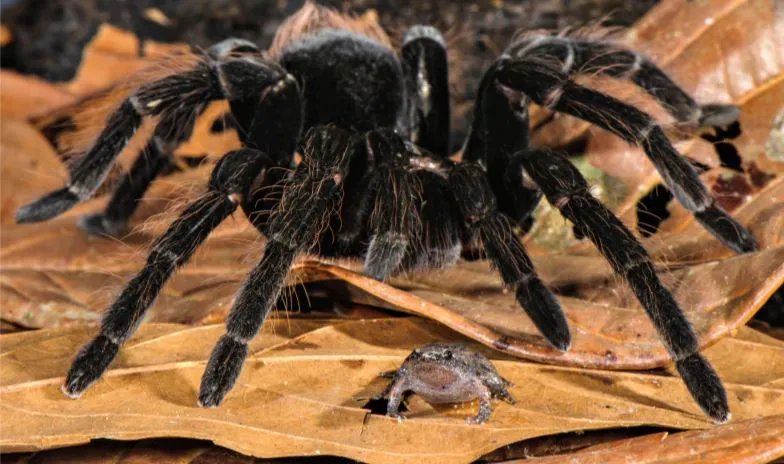
Providing a suitable enclosure is vital for the health and well-being of your Amazon Peru Tarantula. The size of the enclosure should be appropriate for the spider’s size. A juvenile tarantula can thrive in a smaller enclosure, such as a 5-10 gallon tank. As they grow, you’ll need to upgrade to a larger enclosure. Adults typically need a terrarium that is at least 10-20 gallons, or even larger. The enclosure should be wider than it is tall, as these tarantulas are terrestrial. Ensure the enclosure has a secure lid to prevent escape. Ventilation is also crucial, so the enclosure should have cross-ventilation, such as holes or mesh on the sides.
Substrate Selection
The substrate provides a comfortable environment for your tarantula and helps to maintain proper humidity levels. A good substrate for an Amazon Peru Tarantula should retain moisture but also allow for proper drainage. A mixture of substrates is often the best choice. Popular options include: coco fiber, peat moss, and vermiculite. You can also add a layer of sphagnum moss on top to help retain humidity. The substrate should be deep enough for the tarantula to burrow, at least 4-6 inches deep. Avoid using substrates that can be toxic or harmful to your tarantula, such as cedar or pine shavings. A clean enclosure promotes healthy and happy tarantulas.
Temperature and Humidity Control
Amazon Peru Tarantulas thrive in a warm and humid environment that mimics their natural habitat. The ideal temperature range is between 75-85°F (24-29°C). You can use a heat mat or a heat lamp to maintain the correct temperature. Make sure the heat source is regulated with a thermostat to prevent overheating. Humidity levels should be kept between 60-75%. You can monitor humidity with a hygrometer. To maintain humidity, mist the enclosure with water regularly, but avoid over-misting. Ensure the enclosure has good ventilation to prevent mold growth.
Amazon Peru Tarantula Feeding and Diet
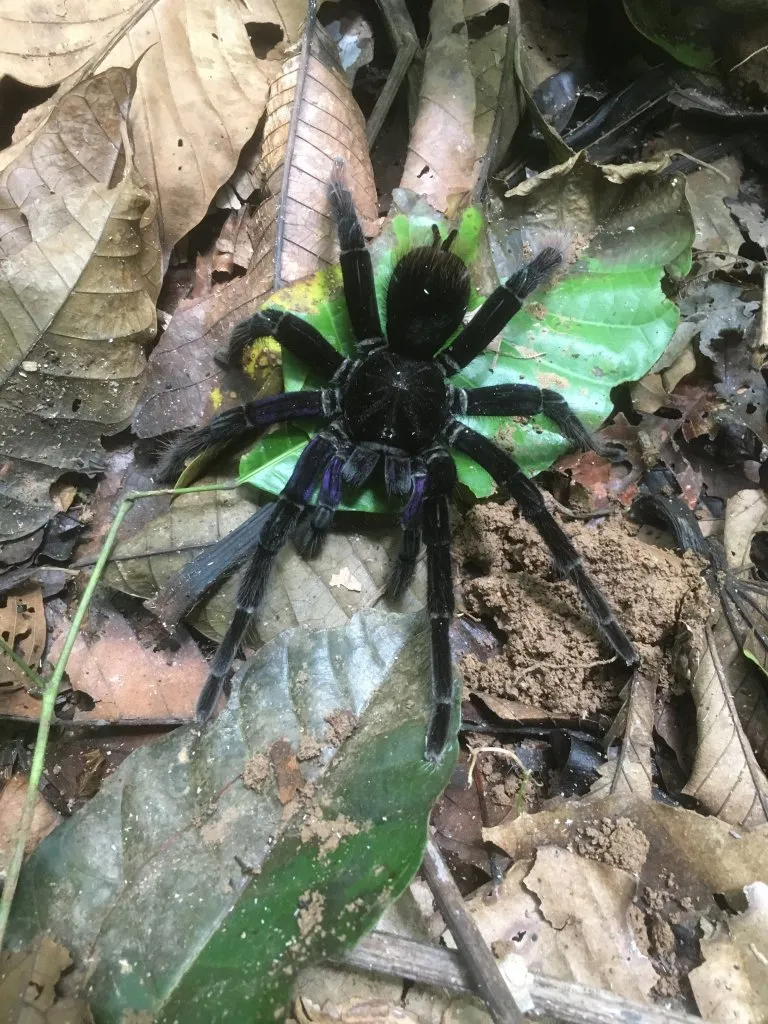
What to Feed Amazon Peru Tarantulas
Amazon Peru Tarantulas are carnivores and primarily feed on insects. A varied diet is crucial for their health. Good food options include: crickets, mealworms, roaches, and other insects readily available at most pet stores. The size of the feeder insects should be appropriate for the size of your tarantula. As a general rule, the insects should be no larger than the tarantula’s body. Avoid feeding your tarantula wild-caught insects, as they may carry parasites or pesticides. You can also offer pre-killed insects to minimize the risk of injury to your tarantula.
Feeding Frequency
The feeding frequency depends on the tarantula’s age and size. Juvenile tarantulas should be fed more frequently than adults. Young tarantulas can be fed 2-3 times per week. Adult tarantulas can be fed once or twice a week. Observe your tarantula’s abdomen; a plump abdomen indicates it is well-fed. If your tarantula refuses food, it may be in premolt. Remove any uneaten food after 24 hours to prevent mold and bacterial growth.
Watering and Hydration
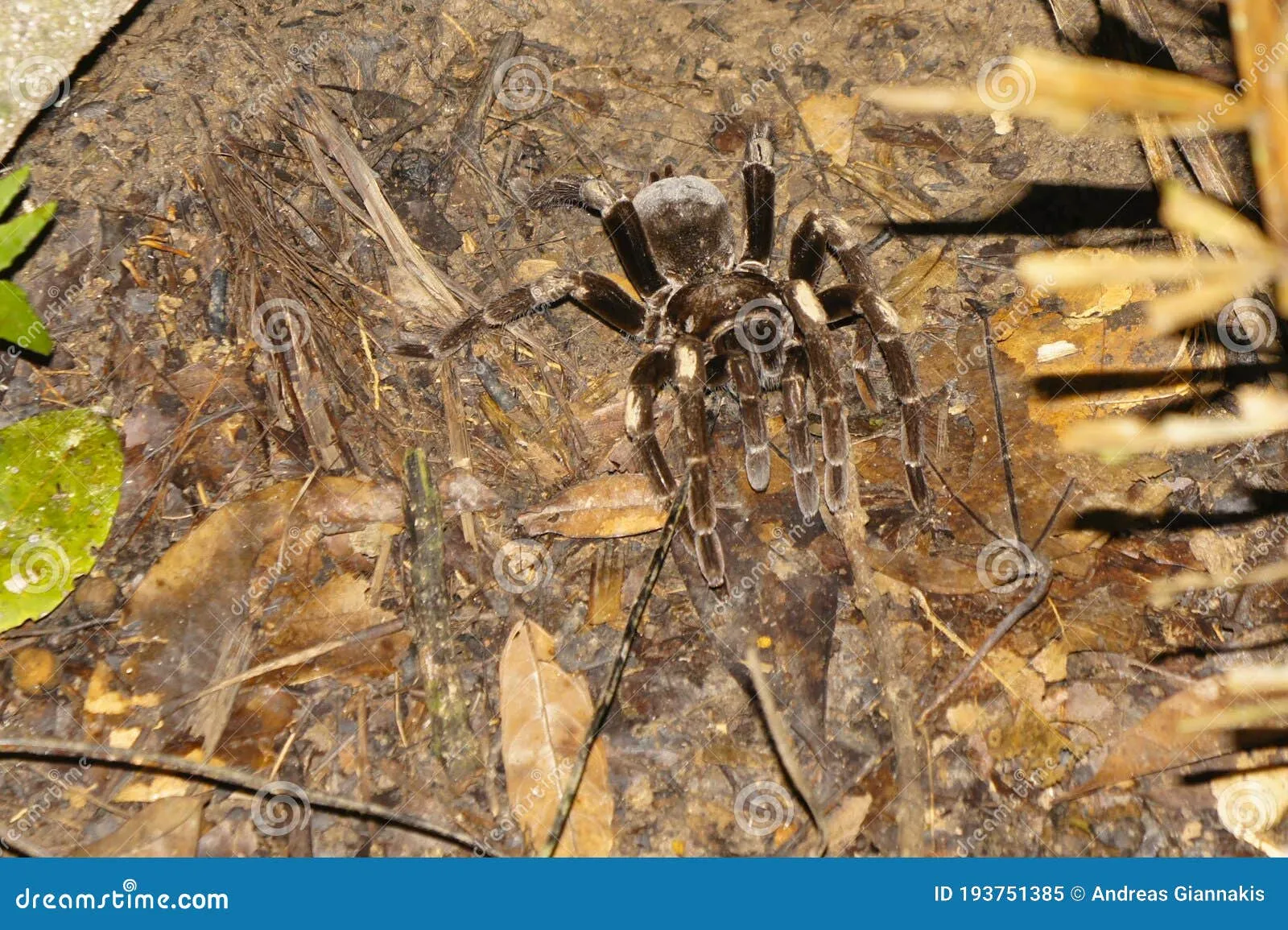
Providing fresh water is essential for your Amazon Peru Tarantula. Always have a shallow water dish available in the enclosure. The water dish should be shallow enough to prevent the tarantula from drowning. Use clean, dechlorinated water. You can also mist the enclosure regularly to provide additional hydration. Ensure that the water dish is cleaned and refilled regularly to prevent bacteria growth. Your tarantula will drink from the water dish and will also absorb moisture from the air, especially during molting.
Amazon Peru Tarantula Handling and Safety
Safe Handling Techniques
While Amazon Peru Tarantulas are generally docile, handling them is not always recommended, especially for beginners. If you choose to handle your tarantula, do so with extreme caution and slowly. Avoid sudden movements. The best approach is to gently coax the tarantula onto your hand or a soft surface. Always wash your hands thoroughly before and after handling your tarantula. Never handle a tarantula when you are nervous, as this can make the spider feel threatened. If the tarantula shows signs of stress, such as raising its front legs or flicking hairs, put it back in its enclosure immediately.
Recognizing Stress Signals
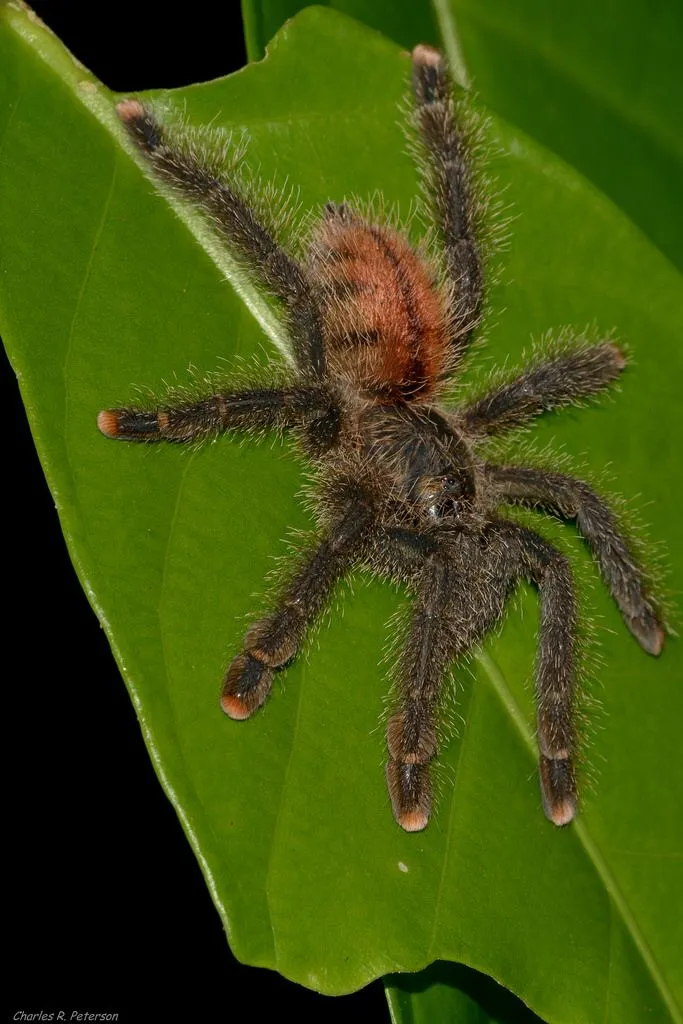
It’s important to recognize signs of stress in your Amazon Peru Tarantula. These include: the tarantula rapidly moving its legs or abdomen, flicking urticating hairs, raising its front legs, or exhibiting a defensive posture. If you notice any of these signs, immediately stop handling the tarantula and allow it to retreat back into its enclosure. Over time, you will learn to recognize what stresses your tarantula and how to best avoid causing any stress. Also, a stressed tarantula is more likely to bite.
Amazon Peru Tarantula Health and Common Issues
Molting Process
Molting is a natural process where tarantulas shed their exoskeleton to grow. The molting process can take several hours or even days. During premolt, the tarantula may become less active, stop eating, and develop a darkened abdomen. Do not disturb your tarantula during molting. Provide adequate humidity during the molting process. After molting, the tarantula’s new exoskeleton will be soft and vulnerable. Do not feed your tarantula until its fangs have hardened, which can take several days. The molted exoskeleton provides a good view on the overall health.
Common Health Problems and Prevention
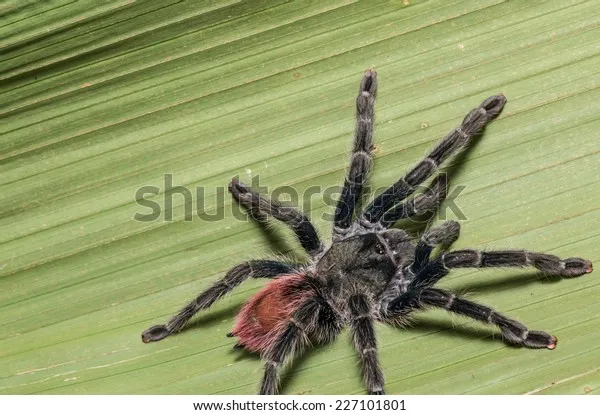
Common health problems include: mites, fungal infections, and dehydration. Mites can be introduced through substrate or feeder insects. Prevent mites by quarantining new insects and using a clean substrate. Fungal infections can occur if humidity is too high or ventilation is poor. Ensure proper ventilation and avoid over-misting. Dehydration can occur if the water dish is empty or the humidity is too low. Always provide fresh water and maintain appropriate humidity levels. If you notice any signs of illness, consult with an experienced tarantula keeper or a veterinarian specializing in exotic animals.
Amazon Peru Tarantula Breeding
Identifying Male and Female Tarantulas
Sexing tarantulas can be difficult, especially when they are young. The most reliable way to determine the sex is by examining the molt. In adult females, the presence of spermatheca (a pouch used to store sperm) can be visible on the molt. Male tarantulas have modified pedipalps (the small leg-like appendages near the mouth) that are used for mating. They also have tibial hooks on their front legs. These are less prominent in females. If you are planning to breed your tarantula, you will need to know the sex of each specimen.
Breeding Process and Considerations
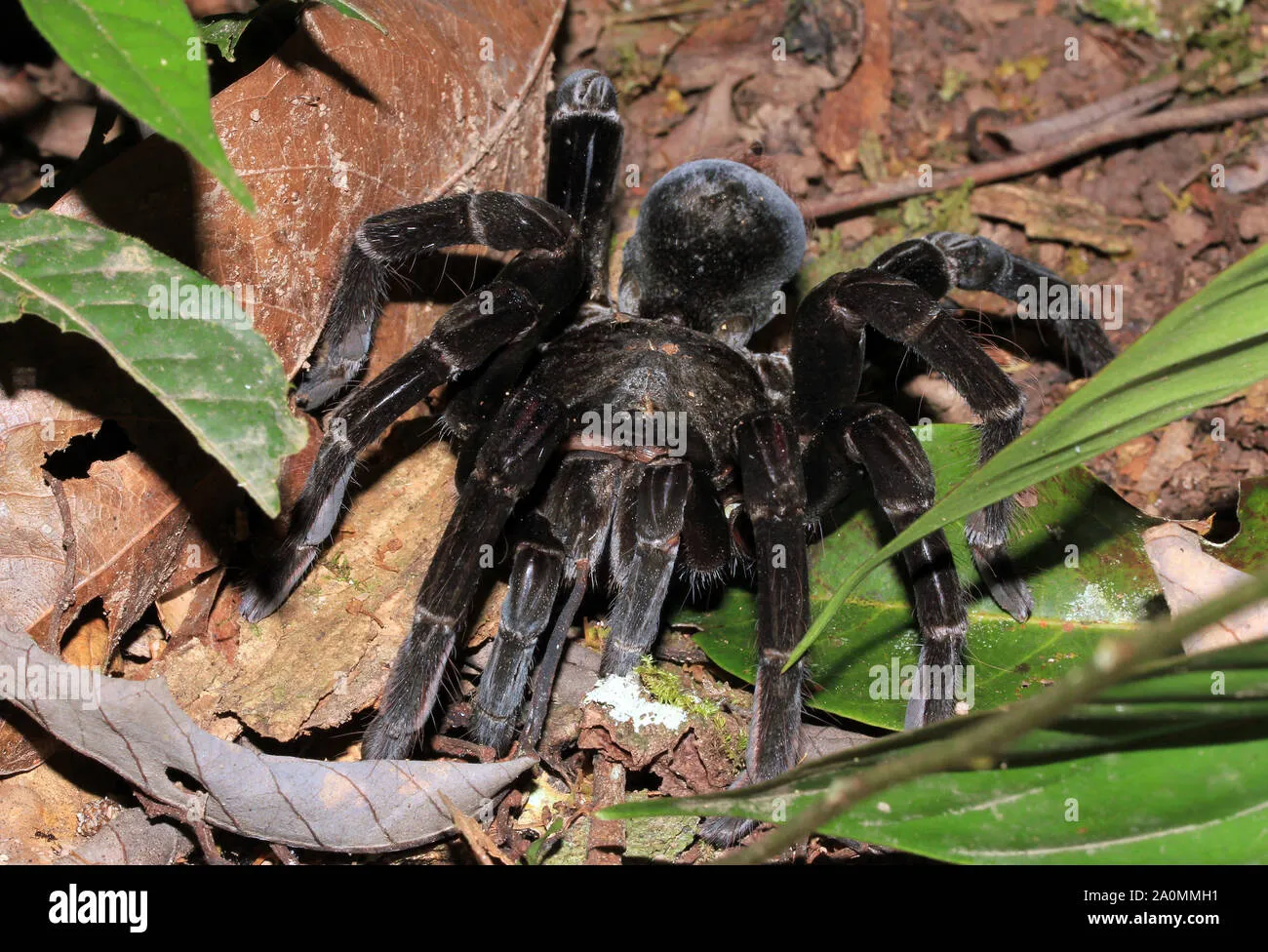
Breeding Amazon Peru Tarantulas requires a controlled environment and careful planning. The breeding process involves introducing a mature male to a mature female’s enclosure. The female may or may not accept the male. If the female accepts the male, they will mate. After mating, the female will produce an egg sac containing hundreds of eggs. The egg sac should be incubated at a suitable temperature and humidity. Once the spiderlings hatch, they will need to be separated and provided with their own individual enclosures. Breeding tarantulas is an advanced undertaking and is not recommended for beginner tarantula keepers. Consider the resources and expertise needed to raise the spiderlings successfully. Researching tarantula breeding is key to ensure success.
Amazon Peru Tarantula Summary
Caring for an Amazon Peru Tarantula can be a rewarding experience. By providing the right environment, diet, and care, you can enjoy these fascinating creatures for many years. Remember to research and understand the specific needs of your tarantula before bringing it home. Always prioritize the health and well-being of your tarantula. With proper care, your Amazon Peru Tarantula can thrive, bringing years of enjoyment and wonder. Enjoy your time with your new pet!
